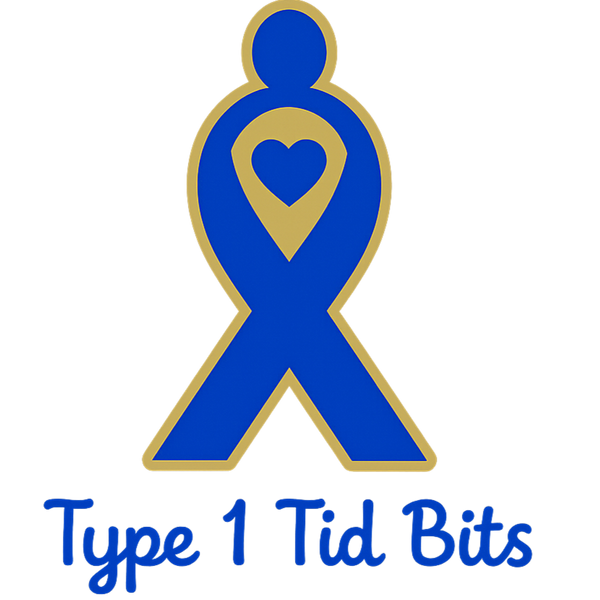Living with type 1 diabetes means always thinking about food, insulin, and blood sugar. One of the most important skills is carb counting, which helps match insulin doses to meals. But what does carb counting look like in everyday life? Here’s a snapshot of a typical day for someone managing type 1 diabetes with carb counting.
Morning: Breakfast and a Quick Calculation
Breakfast is often the trickiest meal of the day because blood sugar tends to rise more quickly in the morning.
Example meal:
-
2 slices of whole wheat toast (30g carbs)
-
1 tablespoon peanut butter (3g carbs)
-
1 small banana (20g carbs)
Total carbs = 53g
With an insulin-to-carb ratio of 1:10, this person would need about 5 units of insulin to cover breakfast. They log the meal into a carb counting app to double-check the totals.
Mid-Morning: Snacks and Adjustments
Type 1 diabetes isn’t just about meals—snacks matter too.
Example snack:
-
Low-fat yogurt (15g carbs)
-
Handful of berries (10g carbs)
Total carbs = 25g
They inject a small insulin dose or use their insulin pump’s bolus calculator. They also check their continuous glucose monitor (CGM) to see how blood sugar is trending.
Afternoon: Lunchtime Balance
Lunch is a chance to combine carbs, protein, and fibre for stable energy.
Example meal:
-
Chicken salad sandwich (45g carbs from bread, 5g carbs from dressing)
-
Side of apple slices (15g carbs)
Total carbs = 65g
By knowing the carb values of common foods (like bread and fruit), the calculation becomes quicker and less stressful.
Evening: Dining Out with Confidence
Eating out can feel overwhelming without labels, but carb counting skills make it manageable.
Example dinner at a restaurant:
-
Small portion of pasta with tomato sauce (60g carbs)
-
Side salad (low carb, about 5g from dressing)
-
A glass of diet soda (0g carbs)
Total carbs = 65g
They use a carb counting app to check similar pasta dishes and estimate portion sizes using visual guides.
Night-Time Snack: Steady for Sleep
Before bed, a small carb-containing snack can help prevent overnight lows.
Example snack:
-
Wholegrain crackers (15g carbs)
-
Slice of cheese (0g carbs, adds protein)
Total carbs = 15g
The Bigger Picture
Carb counting isn’t just about numbers—it’s about freedom and flexibility. It allows people with type 1 diabetes to eat a variety of foods while keeping blood sugar stable.
Throughout the day, carb counting works hand-in-hand with:
-
Insulin dosing (via pen or pump)
-
Blood sugar monitoring (CGM or fingersticks)
-
Planning ahead for snacks, exercise, and dining out
Final Thoughts
Carb counting can feel like a lot of work at first, but it becomes second nature with practice. It empowers people with type 1 diabetes to live fully, enjoy meals, and stay in control of their health.

